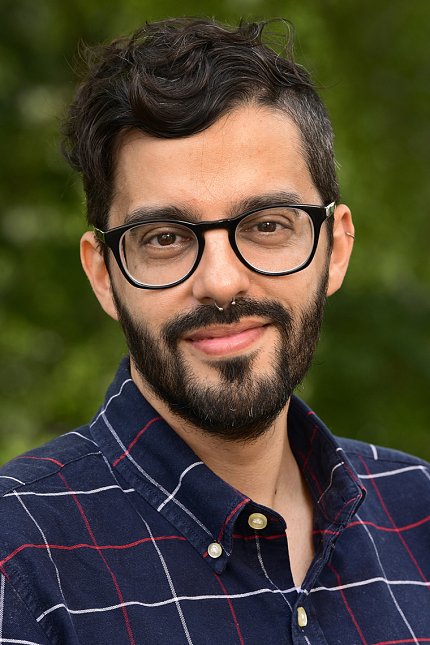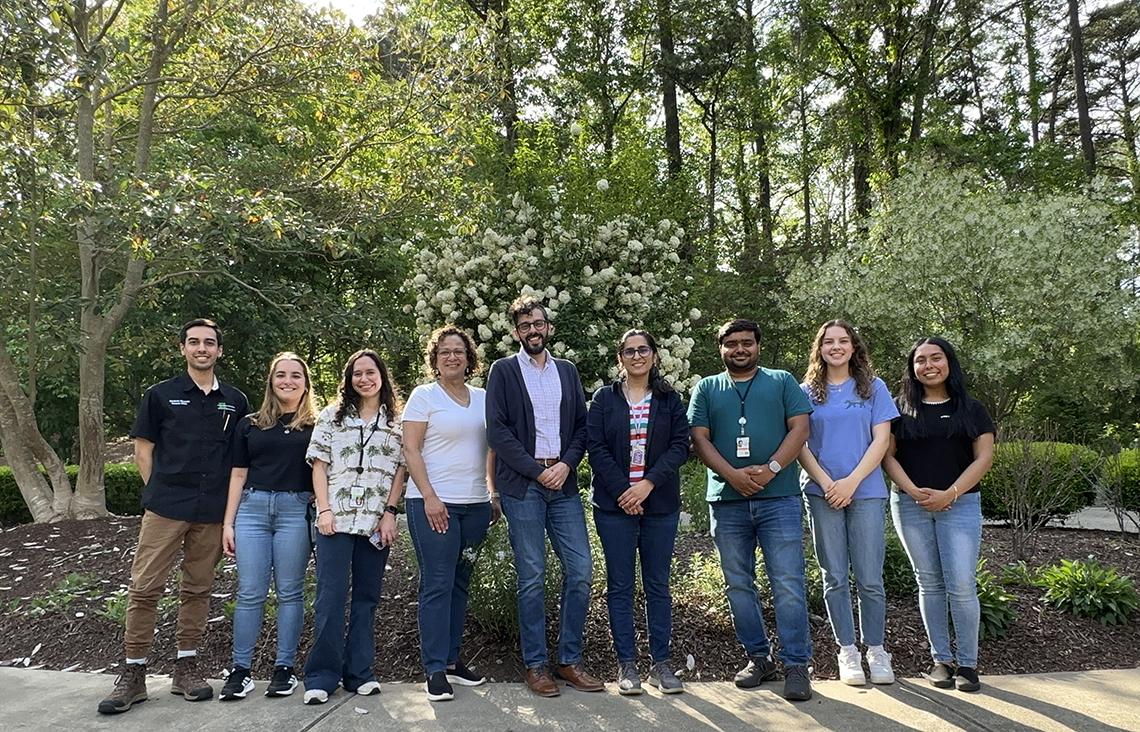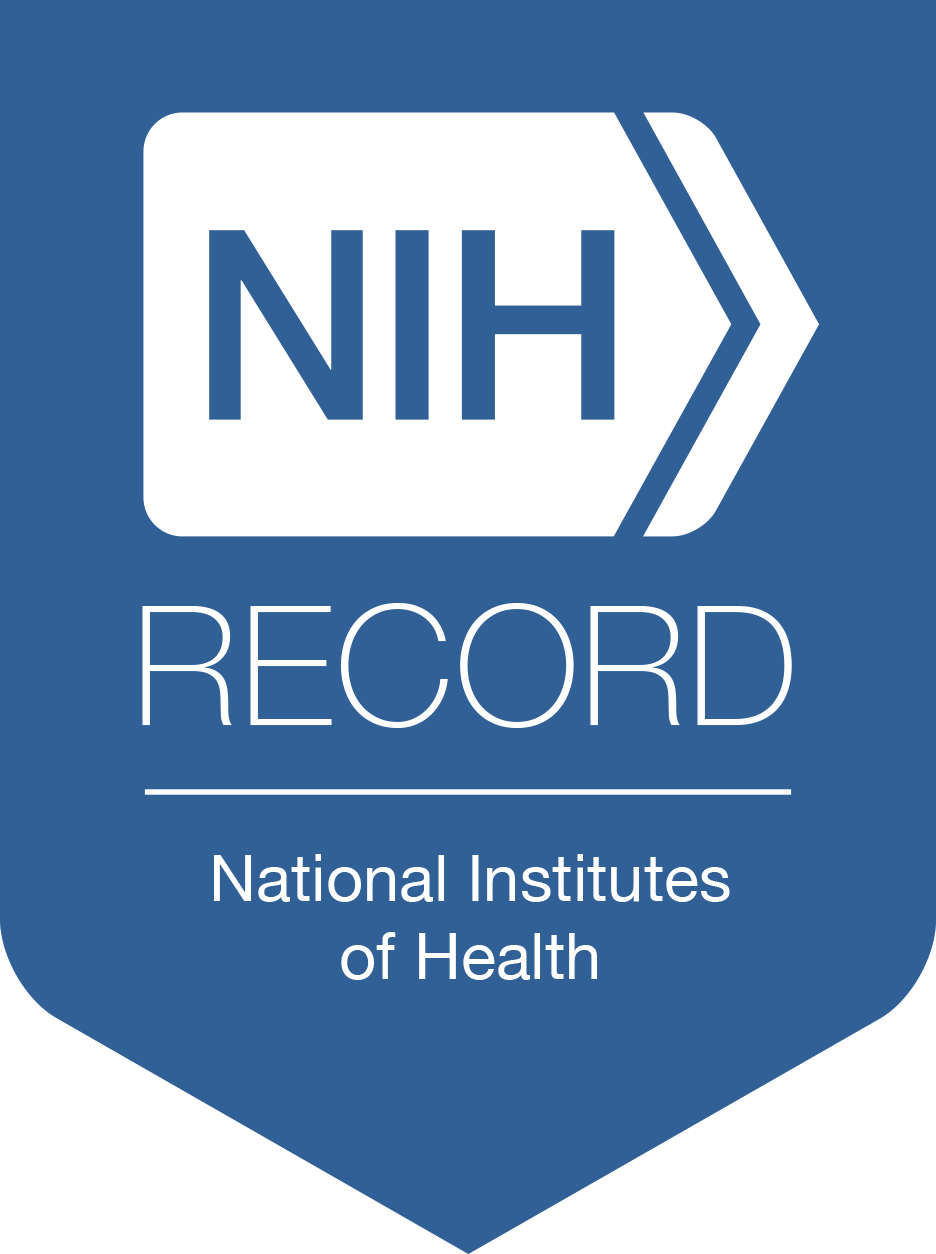Wonders of the Womb
Guardia Studies Role of Environmental Stressors on Fetal Development

Dr. Carlos Guardia is passionate about science. Growing up in Argentina, he was a curious kid, drawn to biology and chemistry from an early age. Encouraged by teachers, inspired by mentors, he became the first scientist in his family. Ten years ago, he found a research home at NIH.
Now, Guardia leads the Placental Cell Biology Group at NIH’s National Institute of Environmental Health Sciences (NIEHS), based in Durham, N.C. His team studies the placenta, the first organ of the fetus to develop during pregnancy. The placenta has critical functions; it nourishes and protects the growing fetus. And yet, it’s an organ that’s relatively understudied.
“The placenta is simple in its cellular makeup, when compared to, say, the brain, but it fulfills so many roles and it dramatically changes during pregnancy,” Guardia said.
“I think the most exciting part of my job,” he said, “is when my trainees come to me with a finding, and we do investigative research to try to figure out how things work.” There’s still so much to learn about how the placenta works under normal conditions, he noted, before researchers can figure out how to treat related health issues when they arise.
Guardia’s lab studies how different environmental stressors affect placenta development and function.
“We know that’s so important because during the early stages of development, if something goes wrong, that could predispose the baby once it’s outside of the womb to develop or have a higher risk for certain chronic disorders.”
A focus of Guardia’s lab is understanding the effects of maternal obesity on the future health of the baby. As a cellular biologist, Guardia is particularly interested in autophagy, the way cells recycle material they no longer need.
“We think autophagy controls and helps the cell recycle when it’s under constant stress,” he explained. “And we think that’s critical. There’s evidence that if autophagy is not properly working in the placenta, then the mother can be predisposed to certain pregnancy disorders like preeclampsia.”
For their studies, Guardia’s lab works with human tissues collected from nearby hospitals from healthy mothers after they’ve given birth. To study the effects of maternal obesity, they use animal models of pregnancy, feeding mice a high-fat, high-sugar diet. They also have access to trophoblasts, the specialized cells of the placenta, which contribute to the formation of the placenta first and coordinate nutrient exchange to the fetus. Trophoblasts are also important during childbirth.

Inside the womb, Guardia said, the baby’s world is whatever the mother provides. The placenta controls how much is needed and required for proper fetal development.
“With maternal obesity, usually there’s an abundance of resources and it equips the fetus to survive in an environment of excess nutrients, sugar or fat…[Thus] the placenta may provide many more resources than the fetus actually needs and that could have an impact on future [health conditions]. It could affect heart or brain development or cause predisposition to diabetes, for example, because that’s the world the fetus experienced during development.”
To that end, one intervention they’re studying is whether increased exercise can help compensate for problems or changes in the mother’s diet.
“We try to cover the whole breadth of placenta research to tackle basic biology problems that could have translational potential,” Guardia said.
Guardia first came to NIH as a Fulbright Scholar in 2013 during his Ph.D. training in structural biology at the University of Buenos Aires. He then conducted postdoctoral research in cell biology with NIH’s Eunice Kennedy Shriver National Institute of Child Health and Human Development (NICHD). In 2021, he became an NIH Stadtman tenure-track investigator and distinguished scholar with NIEHS.
For aspiring scientists, Guardia advises, “Stay curious, focused and true to yourself.”
He said, “Being a scientist requires a lot of self-assessment, self-training and also resilience. Remember that most things fail. So you have to learn how to ride with it, because eventually you may reach the point where you have something novel and innovative.”
Guardia also underscored the importance of collaboration and mentorship. “You bring something new, but you also need mentors to help navigate things that may be new for you,” he said.
“There’s a time for isolating to reflect on your projects and your own ideas,” he said, “but there is also a time to seek help and advice to make your dreams a reality.”
